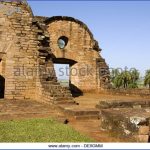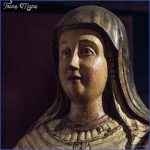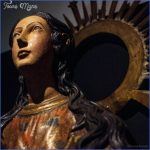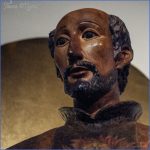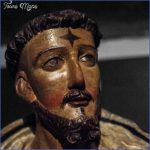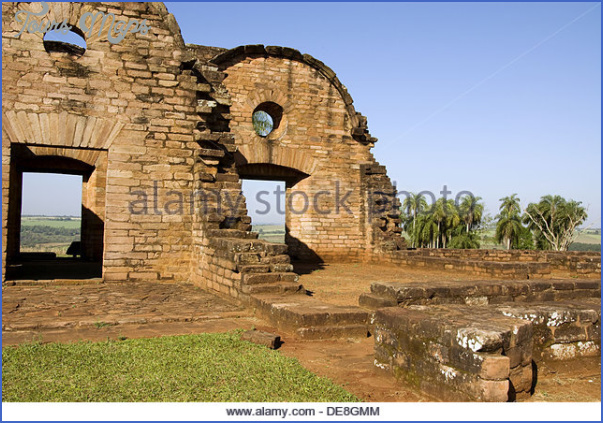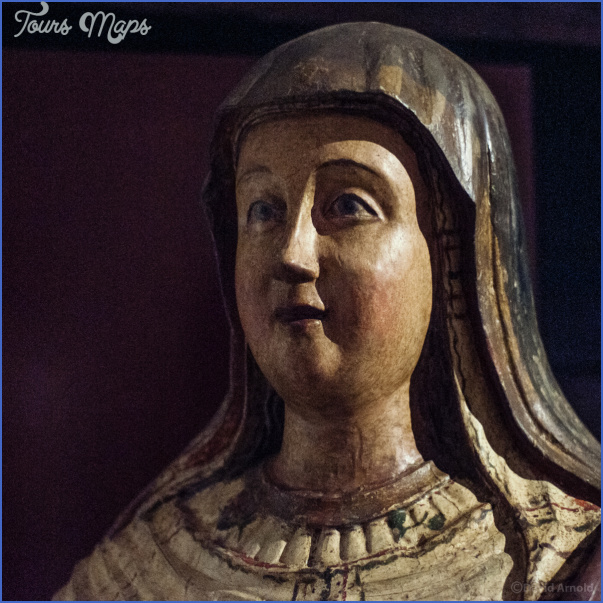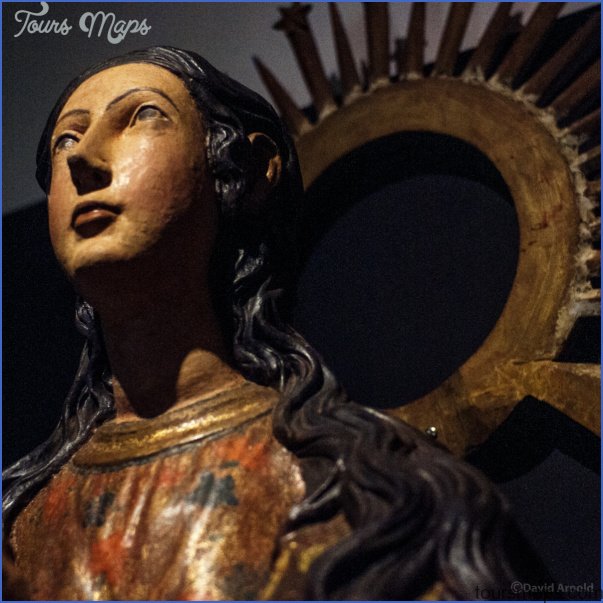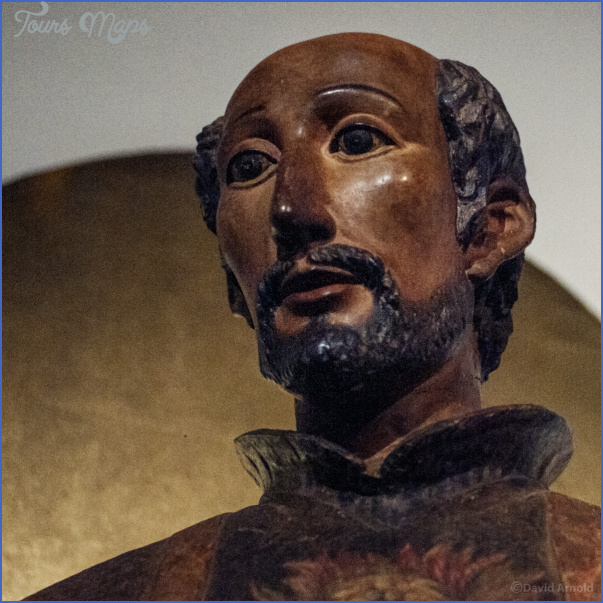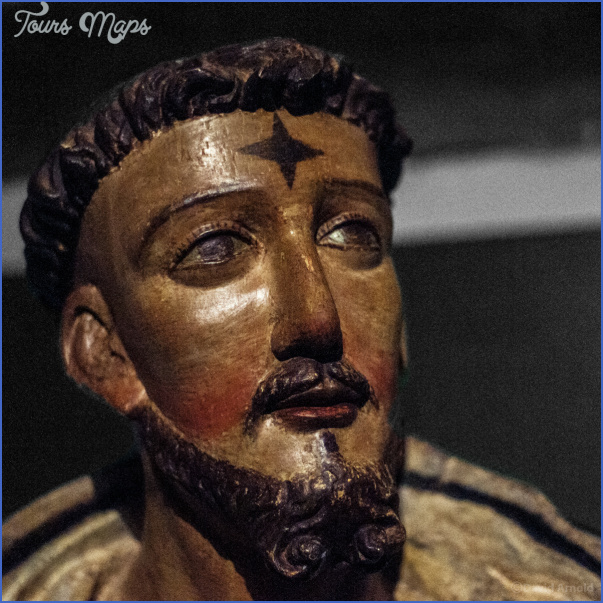Most of the art produced in the Jesuit missions and on display in the museums was made by indigenous mission residents, under the tutelage of Jesuit artists. Many museum guides will point this out, explaining that the indigenous left their own mark on their works, doting the faces of saints with more indigenous features. However you may find yourself straining to notice any significant difference (aside from size) between the original small scale models created by Jesuit priests and larger copies carved out by their indigenous apprentices. It is perhaps a credit to the talent of the indigenous that the differences are truly minimal.
Missions Under Attack
During the 1600’s Sao Paolo, Brazil was the center of a booming slave trade, fueled by the labor needs of Brazil’s plantation owners. At the heart of this trade were slave traders known as Paulistas (also known as mamelucos and bandeirantes). Having exhausted the surrounding region’s indigenous population the bandeirantes set their sights on Paraguay’s Jesuit missions during the late 1620’s. In the eyes of these bandits the Jesuit Missions, with their concentrations of largely unprotected indigenous, were easy targets. The bandeirantes often chose to attack the missions while everyone was gathered for religious services. Once having captured the indigenous they’d sack and destroy the missions, often setting them ablaze.
In the face of the constant raids the Jesuits saw no solution but to relocate their missions, taking with them as many of their flock as possible (for an account of one such move see Saltos de Guaira, the Waterfalls that Made Itaipu Possible). Once in areas sheltered from the bandeirantes ‘ attacks missions were refounded. Several missions in other areas of Paraguay absorbed the surviving populations of raided missions. Eventually the Jesuits were able to secure permission from the King of Spain for the indigenous to bear arms in self-defense against the mamelucos. Many of the Jesuits were exsoldiers and were able to train indigenous militias. These were repeatedly called upon to serve and protect the colonists at several points. They fought in conflicts with other foreign armies (such as the Portuguese), protected colonists from invasions by indigenous tribes of the Chaco and quelled internal rebellions. Some were armed with guns but most used indigenous weapons such as bolas, slings, lazos, lances and arrows.
Jesuit Art Workshops Paraguay Photo Gallery
Maybe You Like Them Too
- The Best Cities To Visit in The World
- World’s 10 Best Places To Visit
- Coolest Countries in the World to Visit
- Travel to Santorini, Greece
- Map of Barbados – Holiday in Barbados

